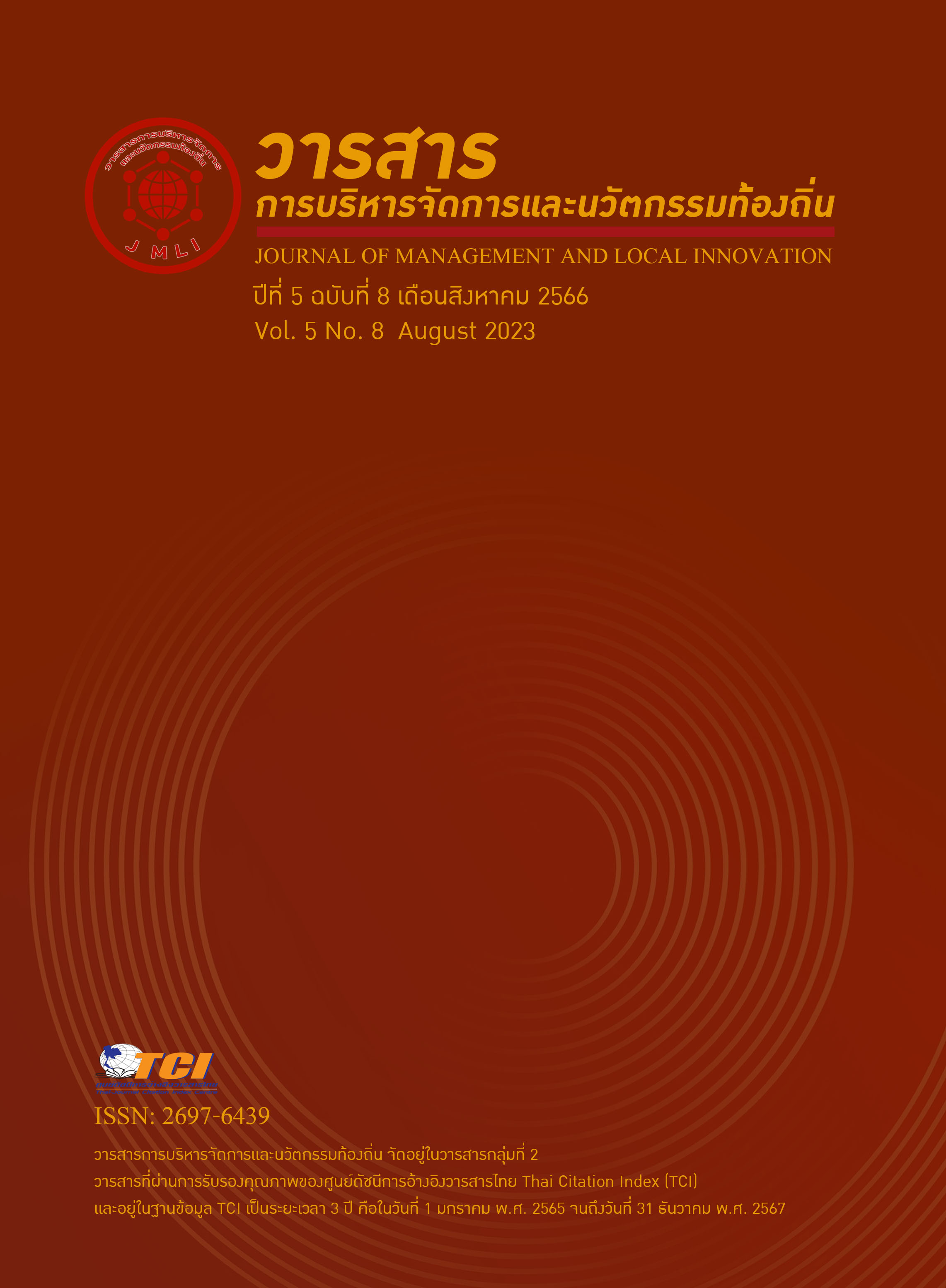Burmese Final Particles Used in Hinthada University, Irrawaddy, Myanmar
Keywords:
Analytical study, Final Particlesl Burmese WordsAbstract
The objectives of this study were:1) to study the function of Burmese final particles used in Hinthada University, Irrawaddy, Myanmar s, 2) to analyze the classification of Burmese suffixed particles Used in Hinthada University, Irrawaddy, Myanmar. Textbooks, some Myanmar books, thesis, journals and articles written by Myanmar and foreign scholars were written and reference books. The results in this study were performed by collecting data For the research tools, documentary data, Myanmar and books, thesis, dissertation, articles, online resources, notes from native speakers from Hinthada, Irrawaddy, Myanmar and in-depth interview were used mainly in this research to find the final and suffixed particles in Burmese words, and there were five lecturers who were interviewed in Hinthada University, Irrawaddy, Myanmar and the speech of indigenous people were also used as the main data. This study was qualitative research used the tool as the interview and additional comments developed by lecturers composing to address the function of final particles and classification of suffixed particles in Burmese words. The documents and in-depth interview were analyzed after reading clearly in order to generate the informant. Therefore, gender and status of speakers, degree of intimacy and politeness were used to interpret the final particles. The choice of final particles depends on the objectives, situation and feeling that includes statements, questions, requests or persuasion, and command in Burmese words used in Hinthada, Irrawady, Myanmar. Results of the study were as the following: The researcher found that the final particles revealed a comprehensive understanding of their usage in Burmese language. The study mentioned various final particles and their specific functions. The particles as [byà], [bya], and [nɔ] are used in statements, positive answers, and seeking approval or permission, respectively. Some particles such as [bæ], [pà], and [pɑ], emphasize future actions, confirmations, and intentions. Gender-specific particles like [ʃiñ] and [hɛ] are used by females to make statements, express negativity, or convey appreciation. Other particles, including [dà pɑ], [le], and [dɒ mà], are employed in different contexts to indicate intimacy, provide positive responses, or communicate for understanding. Furthermore, the researcher's exploration of suffixed particles revealed that their role in altering word classes, emphasizing meaning, and modifying words. Particles like 'tà', 'tɑʊ', 'pàt', 'lot', 'mot', 'motlot', and 'pe' are identified as instrumental in adding emphasis to verbs, adjectives, and nouns, as well as restricting the meaning of a verb. In-depth interviews conducted by the researcher further underscore the significance of final particles in enhancing sentence clarity and overall meaning. The interviews highlighted the importance of using these particles correctly for effective communication. The suffixed particles were also acknowledged for their capacity to modify word classes, emphasize meaning, and modify words within the specific context of Hinthada University, Irrawaddy, Myanmar. The study presented to provide a comprehensive understanding of final and suffixed particles and their impact on effective communication in Burmese language.


